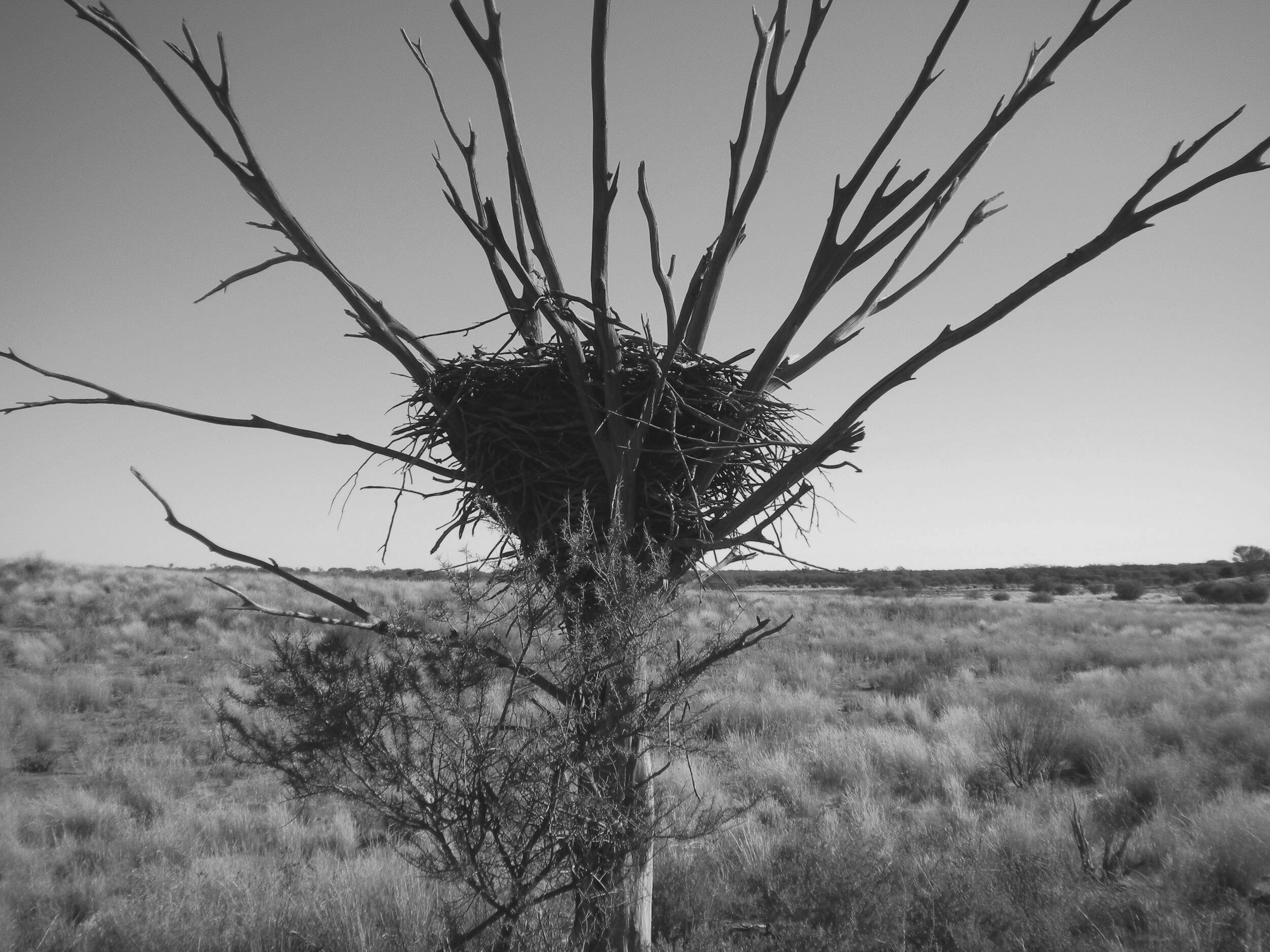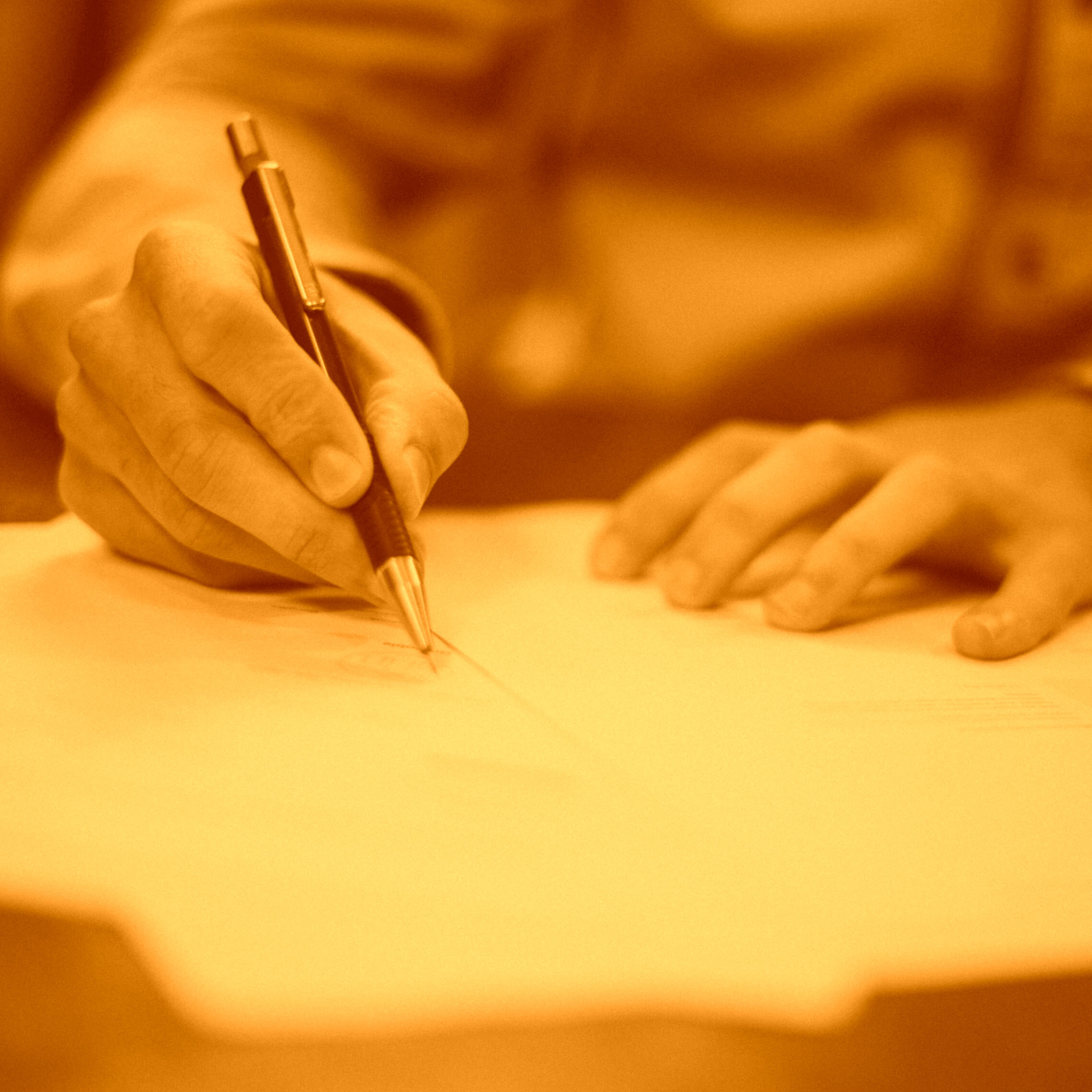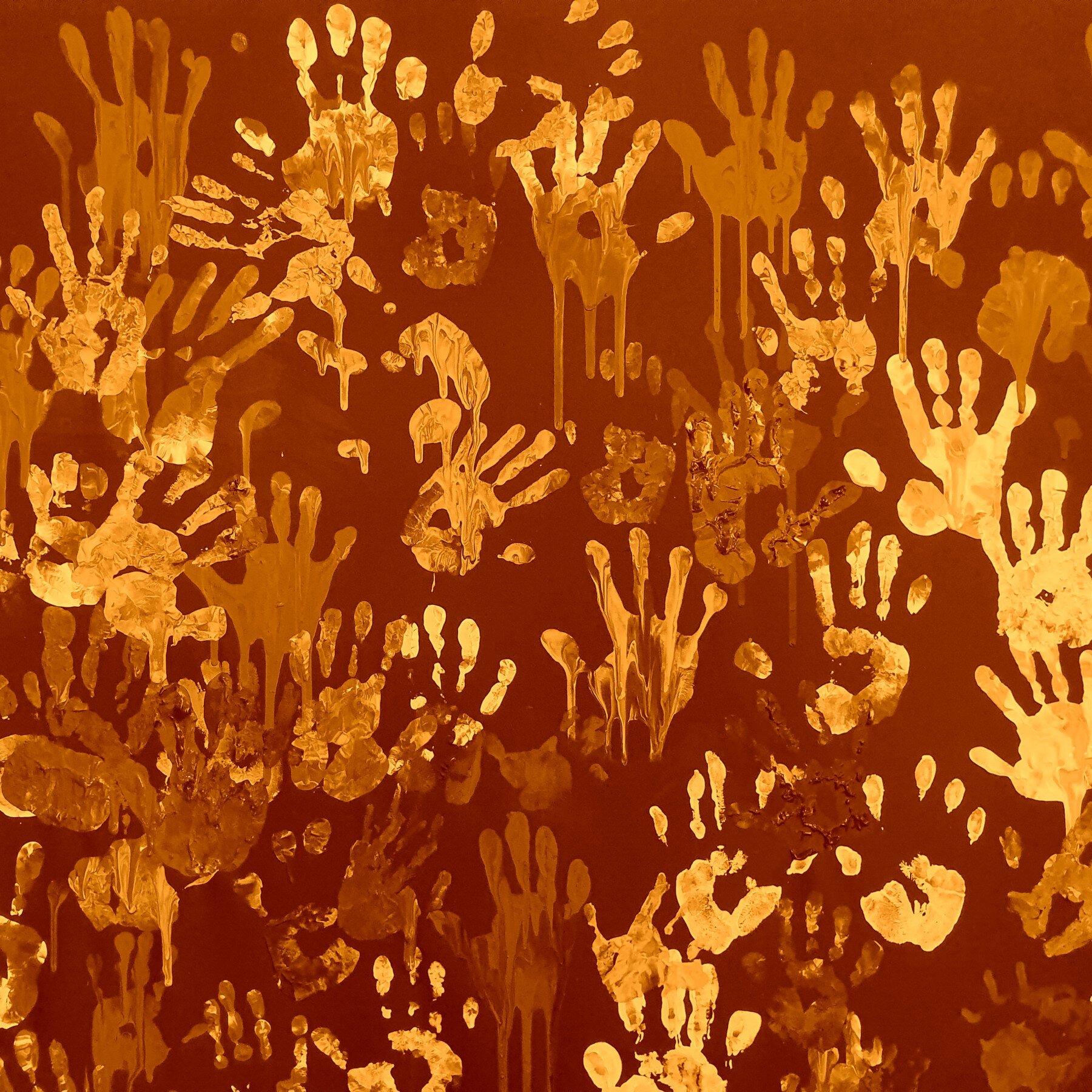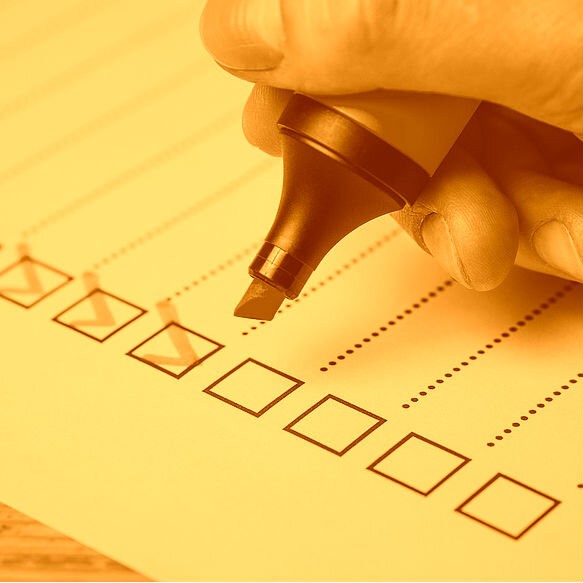Amendments to the Native Title Act 1993 (Cth) and Corporations (Aboriginal and Torres Strait Islander) Act 2006 (Cth)
The Native Title Legislation Amendment Act 2021 (Cth) (the Amendment Act) came into effect on 25 March 2021. The Amendment Act made amendments to the Native Title Act 1993 (Cth) (NTA) and the Corporations (Aboriginal and Torres Strait Islander) Act 2006 (Cth) (CATSI Act).
The aim of the amendments are to:
- give native title claim groups greater flexibility to set their own internal processes
- improve agreement-making and the native title claims resolution process, including following a native title determination
- increase the accountability of prescribed body corporates (PBCs)
The Amendment Act was also in part a response to the decision of McGlade v Native Title Registrar ((2017) 251 FCR 172) and has the effect of validating Section 31 Deeds that may have been affected by that decision.
As a result of the amendments, parties to Section 31 Deeds are now required to notify the National Native Title Tribunal (NNTT) about any ancillary agreements, although there is no requirement for a copy of the ancillary agreement itself to be provided. The NNTT is also required to create a register to Section 31 Deeds, including a description of the agreement area, the parties and their contact details, the term of the agreement and whether or not there is an ancillary agreement.
Changes were also made in relation to historical extinguishment in ‘park areas’, defined in s 47C(3) as an area set aside or over which an interest is granted under a law of the Commonwealth or a State or Territory for the purpose of preserving the natural environment of the area. The extinguishment of native title by the creation of the park area, and from any prior interests, is to be disregarded.
The amendments to the CATSI Act include a number of important changes for the management of Prescribed Body Corporate (PBC) entities. These include:
- Changes to the membership provisions to ensure that membership reflects the terms of the native title determination and so that refusing or cancelling a membership in a way that disadvantages a section of the native title group is prevented, and establishing a dispute resolution process
- Changes to allow the NNTT to assist PBCs and common law native title holders to reach agreement on native title issues
- Including a new ground for the Office of the Registrar of Indigenous Corporations to appoint a special administrator where there is a serious failure by a PBC to comply with its legislative obligations
High procedural standard for compensation applications
The Federal Court of Australia delivered decisions in two compensation applications on 11 March 2021 (Saunders on behalf of the Bigambul People v Queensland (No 2) [2021] FCA 190; Wharton on behalf of the Kooma People v Queensland (No 2) [2021] FCA 191). These decisions have a significant impact on the preparation of future claims for compensation under the NTA.
Justice Rangiah struck out both claims for failing to fully identify each compensable act. The applicants had included in their compensation application form that details of the compensable acts would be provided later, following the provision of relevant tenure material by the State.
The Court took a strict approach to the requirements of a compensation application, finding that the application must specify the acts said to extinguish or impair native title rights and interests, for which the claim for compensation is based at the time of bringing the application. This is so affected third parties can be duly notified and given the opportunity to understand how their interests may be affected by any determination of compensation.
The Court also found that the compensation application could not be subsequently amended to include tenure information provided by the State following an assessment of the relevant acts, because to do so would be contrary to s 64(1) of the NTA. This section provides that a native title application cannot be amended to include areas of land or waters that were not part of the initial application.
These decisions followed the High Court’s first decision on compensation under the NTA (Northern Territory v Griffiths (2019) 364 ALR 208). In that decision, the High Court stated that the first step in the process of assessing compensation is to identify the compensable acts, then to identify the nature of the relevant traditional laws and customs, and then to assess the nature of the loss caused by the compensable acts.
As a result of these decisions, claim groups must ensure that an application for compensation under the NTA sets out comprehensive detail about each act said to give rise to an entitlement to compensation. Claimants cannot rely on the resources and expertise of the State in providing tenure information after the claim has been lodged.
Both decisions have been appealed to the Full Court of the Federal Court.
Native Title Compensation Communique – Native Title Ministers’ Meeting
Ministers associated with and responsible for native title, from the Commonwealth, state, and territory governments, convened formally in October 2021. They met to discuss current native title issues, making the commitment to meet annually to ensure the progression of these issues.
The Ministers recognised the need for continuous collaboration on native title issues, noting the significance of native title moving towards a ‘post-determination’ landscape, with a greater focus on self-determination and supporting native title holders in managing their native title rights, and on the resolution of native title compensation.
The Ministers acknowledged the upcoming 30-year anniversary of the Mabo decision in June 2022, discussing how the native title system has progressed since that time. The Ministers noted also that native title has been determined over 41 percent of Australia’s landmass.
It was also observed that promoting reconciliation with Aboriginal and Torres Strait Islander peoples involves the prompt resolution of native title compensation liability. This also advances the support of the economic empowerment of Aboriginal and Torres Strait Islander people, encouraging their social, environment and cultural wellbeing.
With this consideration, the Ministers endorsed the National Guiding Principles for Native Title Compensation Agreement Making, with formal endorsement to follow. Whilst these principles are not binding, they confirm the support of all governments, using their best efforts to settle native title compensation matters through negotiation and agreement processes, rather than litigation. The supporting principles include:
- Good faith negotiations
- Consideration of the aspirations of native title parties; and
- Consistency within and across jurisdictions in assessing, valuing, and resolving native title compensation.
The Ministers further approved the work of the Native Title Senior Officers Meeting – Compensation Working Group (Senior Officers Meeting), in creating these principles. They have endorsed the collaborative work of the group and encouraged the continuous work in sharing consistent approaches across all Australian jurisdictions. The Ministers called on the Senior Officers Meeting develop options that promote the most effective settlement of native title compensation claims, including the deliberation of funding arrangements to encourage the settlement of native title compensation claims, and to offer advice to ministers outlining options to improve funding availability to RNTBCs.
Juukan Gorge – Interim report
The destruction of a 46,000-year-old significant cultural site by Rio Tinto at Juukan Gorge in May 2020 was a terrible loss for the Puutu Kunti Kurrama and Pinikura peoples (PKKP) of the Pilbara region in Western Australia. The Joint Standing Committee on Northern Australia released their interim report on 9 December 2020, titled Never Again: Inquiry into the destruction of 46,000 year old caves at the Juukan Gorge in the Pilbara region of Western Australia.
The terms of reference for this inquiry are broad reaching and include the effectiveness of State and Commonwealth cultural heritage legislation, how these laws might be improved to strengthen protection of cultural sites, and any other related matters.
The recommendations of the Interim Report include overhauling the Aboriginal Heritage Act 1972 (WA) to strengthen the legislation and allow Indigenous groups to have greater say in the decision-making about culturally significant sites and for the Commonwealth to play a greater role in ensuring that the standards of heritage protection are met nationally and reviewing the Aboriginal and Torres Strait Islander Heritage Protection Act 1984 (Cth).
The final report was published on 18 October 2021.
Juukan Gorge – Final Report
The parliamentary inquiry into the destruction of the Juukan Gorge rock shelters has recommended new laws to protect thousands of Aboriginal sacred sites across the Country. The inquiry found the Juukan Gorge disaster could happen again because the legislation passed to protect cultural heritage has actually contributed to damage and destruction of it. The inquiry said that the actions of Rio Tinto were “inexcusable and an affront, not only to the PKKP but to all Australians”. The PKKP have also said that no amount of compensation will ever repay the hurt caused by the blast.
The Joint Standing Committee on Northern Australia made eight recommendations to protect heritage, including new laws for cultural heritage protection are to be developed with First Nations people. The committee has also recommended that the Commonwealth Government should consider mapping cultural heritage sites across the country, including sites that have already been destroyed. The report also recommended secret sites and objects should be hidden at the discretion of traditional owners.
The report said the Commonwealth should overrule decisions made under “inadequate” state or territory laws that could destroy sites of great cultural significance to Aboriginal and Torres Strait Islander people.
The committee also recommended changes to PBCs. The report has strongly recommended a new independent fund should be established for PBCs, but they need to be required to be more transparent
“The Committee heard concerning reports that some PBCs are not transparent in their decision-making with respect to their local community, resulting in decisions being taken to allow the destruction of cultural heritage sites.”
For further information, the full report is available at: https://parlinfo.aph.gov.au/
Native Title Report 2021
The Aboriginal and Torres Strait Islander Social Justice Commissioner, June Oscar AO, is developing the Native Title Report for 2021. This report will be focussed on women’s voices and their stories about experiences in the native title system. The report is to be tabled in Federal Parliament and will inform the Government in its native title reform agenda as how to promote advocates for change in the native title sector.
The Social Justice Commissioner wishes to inform the report through:
- Aboriginal and Torres Strait Islander women with experience in the native title system, for example, those who are (or have been) native title claimants or holders, and those who are board members of PBCs, NTRBs and other Service Providers
- people working in the native title space, including professionals with native title expertise, such as lawyers, anthropologists, heritage experts, archaeologists, genealogy experts, academics, etc.
The Social Justice Commissioner wants to hear about experiences of the native title system, not limited to:
- experiences of the processes within the native title system
- the way the native title system has (and has not) worked to deliver on the expectations of communities, and to deliver benefits to Aboriginal and Torres Strait Islander peoples
- the ways that communities have addressed the challenges presented by native title and
- Aboriginal and Torres Strait Islander women’s hopes and plans for the future of native title, including what needs to change and what that change should look like.
The Aboriginal and Torres Strait Islander Social Justice Commissioner will also be doing a small number of in-depth interviews with the women who have had vast experience in the native title system.
For more information on the survey, and to enter a submission or the survey, visit https://humanrights.gov.au/
South Australia – Draft Aboriginal Representative Body Bill
The South Australian government has chosen not to pursue the treaty-making process which had been commenced by the previous state government. Instead, the state government has focussed on establishing a legislated Aboriginal voice to the state parliament.
To this end, the South Australian Commissioner for Aboriginal Engagement has released the draft Aboriginal Representative Body Bill 2021 (the Draft Bill). The purpose of the Draft Bill is to provide Aboriginal South Australians with a voice to be heard by the state parliament, cabinet, authorities and other organisations.
To do this, the Draft Bill establishes an Aboriginal Representative Body (the Body), whose functions will include:
- to ascertain the views of Aboriginal people on matters that affect them;
- to provide advice on matters of state, regional or local significance to Aboriginal people’s social, spiritual and economic wellbeing; and
- to provide advice to government on processes, policies and programs affecting Aboriginal persons.
The Body will comprise of thirteen Body members. Five of these members will be elected by Aboriginal South Australians, and will represent Aboriginal South Australians based off of five electoral wards across the state. One member will be the Commissioner for Aboriginal Engagement. The other 7 Body members will be elected directly by the state governor, and will include two seats reserved for a Maralinga Tjurutja representative and APY representative.
South Australian Aboriginal Governance Inquiry
In early 2021, the South Australian Parliament approved a formal inquiry into the governance of Aboriginal Community Controlled Organisations, following a campaign for Aboriginal Community members, and a request from Premier Steven Marshall, who was driven by “mounting concerns within the SA Aboriginal community about poor governance and alleged corruption.”
The inquiry is to review the accountability, cultural authority, financial obligations, and transparency of these organisations, and will be conducted by the Aboriginal Lands Parliamentary Standing Committee.
Tabled in Parliament, the interim report provided that while the committee heard from 25 witnesses and 46 written submissions, the ‘bulk’ of the evidence was kept confidential. MLC Terry Stephens, chairman of the committee, wrote “A consistent theme from these submitters was that they would fear retribution from members in their communities if they spoke publicly about their concerns regarding individual Aboriginal corporations.” This was due to the number of written submissions sent anonymously to the true governance of these corporations. The committee also heard from several concerned Elders about the behaviour of these Aboriginal Corporations.
Mark Koolmatrie, a Ramindgjeri Elder, calls for a royal commission or judicial inquiry into the native title regime. In his submission, Mr Koolmatrie wrote that he was “caught out by scammers and toxic people who have come with what looked like good intentions for our people but in actual fact there was a motive of self-gain.” The interim report has found much of the same across many South Australian communities.
The committee has so far made nine recommendations to assist in improving the governance processes of Aboriginal corporations. This includes reviewing and amending South Australia’s trustee legislation to mandate that native title trusts produce annual financial statements and hold yearly meetings with beneficiaries, and that native title holders should be given access to management and expenditure records without having to apply through the Supreme Court.
Other recommendations include establishing a Commonwealth Ombudsman for Aboriginal Corporations, increasing funding to the South Australian Consumer and Business Services to provide governance training to Aboriginal community-controlled organisations, and having the Law Society of SA establish a directory of “honorary advisers” who are willing to give Aboriginal organisations pro bono governance advice.
Five recent native title decisions
Croft on behalf of the Barngarla Native Title Claim Group v State of South Australia (Port Augusta Proceeding) (No 5) [2021] FCA 1132.
Following their Native Title determination, spanning a significant area of the Eyre Peninsula region from Whyalla to Port Lincoln in 2016, the Barngarla people sought to resolve the remainder of their initial native over the Port Augusta township.
After a quarter of a century, and one of Australia’s longest running native title claims, in September 2021 Charlesworth J delivered a positive outcome to the Barngarla people, recognising their rights to the land of Port Augusta. This claim follows one previously struck out in April 2019, and one previously made on behalf of the Nukunu People, which was resolved through successful mediation between the groups. The agreement reached between the Barngarla and Nukunu was recognised by the Court as commendable.
Her Honour’s decision was based around the significance of the Barngarla people, acknowledging the anthropological reports provided to the State and Dreaming stories which permeate from the area. Those of significance including:
- Wilyaru story which travels along the Spencer Gulf from the region of Whyalla to Port Augusta and through to Tent Hill
- The Seven Sisters story travels through Lake Umeerwarra; and
- Chalk Hill and a women’s site near the Port Augusta Hospital.
Charlesworth J in her determination also referred to the traditional laws and customs of the Barngarla people, noting their “unique connection” to the land and surrounding waters. This was a significant decision for the Barngarla Elders, many of whom did not live to see the determination.
The findings of the Court also noted that the determination does not create any new rights or interests for the Barngarla people, but rather reflects the recognised rights and interests as they exist in the present day, and as they did under traditional law before sovereignty.
AC (Deceased) v Western Australia [2021] FCA 735
Facts:
In AC, the State sought summary dismissal of the applicant’s native title determination application. The applicants in questions were the Noongar people, who have previously been involved in several native title claims, including the Whadjuk People.
In 2013, the applicant had lodged an amended determination application over a part of Southwest of Western Australia that almost entirely overlapped with the Settlement area. The applicant had been in negotiations of various Indigenous Land Use Agreements (ILUA), however had not consented to a dismissal of their native title claim.
The State acknowledged that, prior to signing the ILUAs, there was ‘reasonable prospect’ of the applicant successfully prosecuting a native title determination over the claimed area. However, the State argued that because of the extinguishment of native title under the relevant ILUAs, the applicants now had no reasonable expectation of success to their determination.
The applicants contended that there was no proper authorisation of the ILUAs because the members of the applicant constituted a separate subgroup, different from those who engaged in the negotiations and who consented to the ILUAs.
Decision:
The Court found that the objections to the ILUAs, including by applicant group members, had been previously considered by the Court, and that the opportunity of seeking judicial review of the registration of those ILUAs had now passed. The registration of the six ILUAs had extinguished all native title claims over the area they covered, to replace the benefits provided under the Southwest Settlement. Consent of the ILUAs therefore also encompassed consenting to dismiss all ongoing native title claims over the area covered by such ILUAs, indicating that the applicant’s claim no longer had any reasonable expectation of success in achieving a native title determination.
Rockland on behalf of the Waanyi People v State of Queensland [2021] FCA 1139
Facts:
On October 17 2018, Gary Rockland, Lloyd O’Keefe, Ada Walden and Terence Geroge on behalf of the Waanyi People filed an application for the determination of native title, with the determination area commencing approximately 19km northwest of Doomadgee, adjoining the Queensland – Northern Territory border. This new determination area is adjoining to the recognised native title of the previous Waanyi determination in 2010.
Through consultation with the State of Queensland, the Waanyi people sought to recognise some of the non-exclusive native title rights in a form different to that recognised in their first determination. This claim was proposed as an agreement under section 87 of the Native Title Act.
Decision:
Justice Burley found that, from the evidence used in their first determination, the Waanyi people have successfully met the requirements of the section 87 agreement. In addition to the determination area itself, the Court recognised non-exclusive native title rights to:
- Access, to be present on and to traverse the area
- Hunt, finish and gather on the area,
- Take natural resources from the area,
- Live on, to camp and to erect shelters and other structures
- Light fires on the area for domestic purposes
- Conduct religious, spiritual, and ceremonial activities
- Be buried on, and bury Native title Holders on the area
- Share or exchange natural resources from the area
Barley J notes his admiration for the Waanyi people for their persistence and determination, particularly considering the obstacles faced by many Aboriginal people and their communities.
Stuart v State of South Australia (No 3) [2021] FCA 230
Facts:
In Stuart v State of South Australia (Oodnadatta Common Overlap Proceeding) [2019] FCA 1282 (15 August 2019) the Court heard an application for orders to consider the cultural and customary concerns of claimant groups regarding the evidence in proceedings for the determination of two overlapping native title claims. One of the claimant groups (the Walka Wani People) sought a range of orders the effect of which would preclude any Aboriginal man who has not been initiated into the relevant Men’s Law. The other claimant group (the Arabana People) and the State objected to aspects of the orders, namely the limitation with respect to the Aboriginal men who may hear or be informed of the evidence.
Following this proceeding, the Arabana people have brought forth another claim to determination over a triangular area south of Maree. In order to establish native title rights, the Arabana people must meet the requirements under section 87 of the NTA.
The ethnographic evidence placed the claim area in Kuyani country at the time of sovereignty. However, credible basis found that the Arabana and Kuyani are members of a wider ‘Lakes Group’ which share customs, laws, and story times. A significant and well-remembered event of the last remaining Kuyani elder handing ceremonial object to an Arabana elder was considered a ‘stark illustration’ of the history of the Lakes Group. There was a joint submission and the Arabana were successful over the Kuyani people in establishing their native title rights and interests.
Decision:
Justice Mansfield found that, together with the determination made in a wider historical context, there was an expression of recognition of the Arabana rights and interests over their land. His Honour was satisfied that it is appropriate to make a determination over this land in the terms sought by the Arabana people and the State.
Bandjalang People No 3 v Attorney-General of New South Wales [2021] FCA 386
Facts:
On 24 March 2016, the Bandjalang people made a native title determination application in relation to several parcels of land located on the North Coast of NSW. This follows a larger claim made by the same applicants in 2013 (Bandjalang People No 1 and No 2 v Attorney-General of New South Wales [2013] FCA 1278). These parcels of land totalled 7.2 square kilometres, with the area being of significance to the Bandjalang men, who sill have connection to their country today. The Goanna Headland, near Evans Head was a site of particular significance in this claim.
Decision:
The Court considered whether the site of the old public school at Bora Ridge was captured by s 47A of the NTA with the legal consequence that the extinguishment of native title rights by the freehold title could be disregarded. This site had been held in freehold by a bank, and later transferred to the Bogal Land Council. This was a place where male elders would introduce younger boys to undertake initiation.
The Court held that it did fall within s 47A based on the transfer to the land council and the agreement of the parties.
Justice Rares held that the proposed orders complied with the requirements of ss 94A and 225 of the Native Title Act. The nonexclusive rights granted were the right to:
- hunt
- fish and gather resources
- take and use resources,
- access and camp
- conduct ceremonies
- teach the attributes of places and areas of importance
- access and maintain sites of significance to protect them from physical harm.
Other Treaty/Reconciliation Progress
Tasmania – Truth-telling the path to reconciliation
The former Governor of Tasmania, Kate Warner, and law professor Tim McCormack have been chosen by the State government to lead talks with the state’s Aboriginal community in finding a path to reconciliation and implement a treaty. Since June 2021, they have travelled across Tasmania to listen to different Aboriginal groups about what they would like implemented in a treaty. There have been approximately 50 meetings in total, some being gatherings of large communities and other with family groups or individuals. Professor Warner has stated an important element of this treaty will be its emphasis on truth-telling.
The chairman of the Tasmanian Aboriginal land Council, Michael Mansell, said that truth-telling will assist in educating the people of Tasmania of the wrongs of the past.
The meetings have heard reoccurring themes about what the treaty should contain, including compensation, Parliament representation, and the sharing of resources.
However, developing this treaty is unlikely to be an easy process. The issue of identity has been raised at almost all of the treaty meetings across the state. Mr Mansell has noted that up until recently only Aboriginal people could determine who was Aboriginal:
“They took that away from us and the numbers of Aboriginal people swelled, quadrupled, because the Tasmanian government accepted that anyone who signs a document and says, ‘well I believe I am Aboriginal’, is in.”
In the 2016 census there were 23,572 Aboriginal people in Tasmania, just 4.6 percent of the population.
Professor McCormack said the issue of identity was a highly contested topic that would need to be dealt with as part of a treaty-making process.
Victoria – Truth and Justice Process
The Yoo-rrook Justice Commission is currently investigating historical and ongoing injustices committed against Aboriginal Victorians in terms of their social, political, and economic lives.
Aboriginal Victorians have called for truth-telling to be an essential part to the state’s treaty-making process. In June 2020, the First Peoples’ Assembly of Victoria (Assembly) passed a resolution requesting commitment from the State to establish a truth and justice process. The Victorian Government responded in July 2020, with a commitment to working with the Assembly to formally establish this process. A ‘truth commission’ is a ‘formal and legitimate process’ to ‘establish a process’. Creating a formal truth-telling process will support reconciliation for Aboriginal Victorian communities.
For generations Aboriginal Victorians have consistently requested consecutive Governments to establish a formal truth-telling body. After months of work in partnership with the First Peoples’ Assembly of Victoria, the Victorian Government has established the Yoo-rrook Justice Commission as Australia’s first formal truth-telling process.
On 12 May 2021, the Governor of Victoria signed the letters patent, to establish the Yoo-rrook Justice Commission as a Royal Commission.
Yoo-rrook is the Wemba Wemba / Wamba Wamba word for ‘truth’.
The Commission will operate independently from government and is different to any other Royal Commission or inquiry undertaken in Australia, due to its truth-telling purpose.
Its work promises to bring about real change through:
- facilitating truth-telling and healing
- educating the wider Victorian community
- developing recommendations for institutional and legal reform.
The Commission will provide an interim report to the Victorian Government by 30 June 2022 and a final report by 30 June 2024.
Queensland – Path to Treaty Progress in Cairns
Queensland’s Path to Treaty is taking further steps in the treaty-making process with its First Nations people. In April 2021 the Treaty Advancement Committee met in Cairns to continue this process. Co-Chair Dr Jackie Huggins and Committee members Dr Josephine Bourne, Professor Michael Lavarch and Dr Sallyanne Atkinson met with community members in Cairns to consider the outcomes of the Path to Treaty Report and discuss the progression towards Treaty in Queensland.
Background
The Path to Treaty journey so far:
- July 2019 – Launch of Tracks to Treaty Statement of Commitment
- September-December 2019 – Eminent Panel and Treaty Working Group led state-wide consultation
- February 2020 – Eminent Panel and Treaty Working Group report and recommendations delivered to Queensland Government
- May 2020 – Queensland Government obtains supplementary advice from the Eminent Panel due to COVID-19
- August 2020 – Queensland Government Treaty Statement of Commitment and response
- February 2021 – Appointment of the Treaty Advancement Committee
Minister for Seniors, Disability Services and Aboriginal and Torres Strait Islander Partnerships, Craig Crawford, has said having members of the Committee in Cairns will raise the outline and process of Queensland’s ongoing Path to Treaty work:
“The Treaty Advancement Committee is in Cairns to continue its important work as they begin consulting on how to implement their recommendations and to reaffirm our government’s commitment to reframe the relationship with Aboriginal and Torres Strait Islander peoples.”
Mr Crawford envisages the treaty process will have a significant role to play in the state’s economic policies. This includes by supporting Aboriginal Queenslanders’ participation in the state’s economy and by helping realise their economic aspirations.
Mr Crawford has gone on to say that there is significant public interest in the Path to Treaty:
“Treaties are a critical tool in promoting reconciliation and setting the foundation for a new and just relationship – one that acknowledges the ongoing disadvantage that Aboriginal and Torres Strait Islander peoples experience and provides a platform for justice, equality and opportunity.”
The Treaty Advancement Committee will report to government on options in late 2021.







